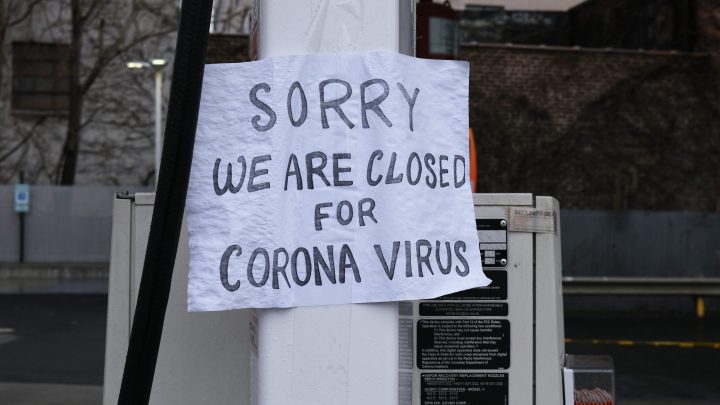
When watching for the recovery, continuing jobless claims are key
When watching for the recovery, continuing jobless claims are key

The Labor Department reported Thursday that another 2.4 million people filed for unemployment benefits last week. That’s down from the week before, but still about the population of Houston. There are a couple of ways the government measures unemployment filings. Initial jobless claims — what we got today — and the number of overall continuing claims. The difference between the two matters.
Initial jobless claims are how many new people file for unemployment benefits in a week. Continuing claims measure the total number of workers on unemployment. Cornell economist Erica Groshen said to think of it like a bathtub.
“The initial claims is how much water is flowing into the bathtub, and the continuing claims is how much water is in the bathtub,” Groshen said.
Each number is important. Chris Rupkey, chief financial economist at the global financial group MUFG, follows both.
“Well, that’s why God gave us two eyes. You have to watch both,” he said.
But Rupkey said when he wants to tease out underlying trends, the continuing claims number is more important.
“Because the minute the total number of people receiving unemployment starts to come down, that’s the key signal that the labor market’s improving,” he said.
The continuing jobless claims numbers will play a key role in whether the post-coronavirus recovery looks like a “V” or “U” — meaning the economy improves quickly — or is flatter, like an “L.” Dartmouth College economist Patricia Anderson will be watching that.
“If the continuing claims start falling fairly rapidly, that’s a good sign that we might be more U-shaped than L-shaped,” she said.
If the continuing jobless claims keep plodding along at about the same rate, Anderson said that’s not a sign that we’re really turning the corner.
There’s a lot happening in the world. Through it all, Marketplace is here for you.
You rely on Marketplace to break down the world’s events and tell you how it affects you in a fact-based, approachable way. We rely on your financial support to keep making that possible.
Your donation today powers the independent journalism that you rely on. For just $5/month, you can help sustain Marketplace so we can keep reporting on the things that matter to you.


















